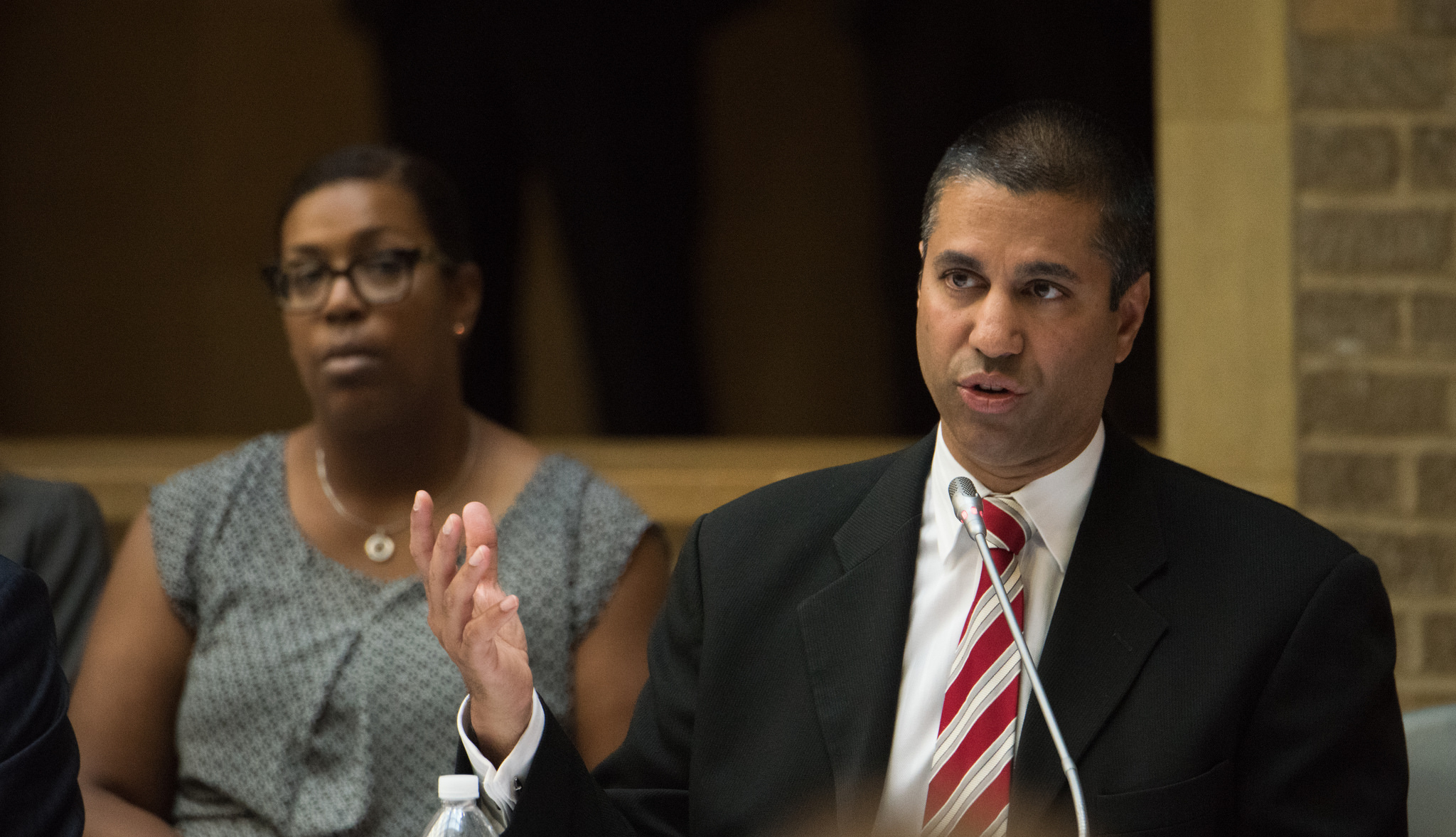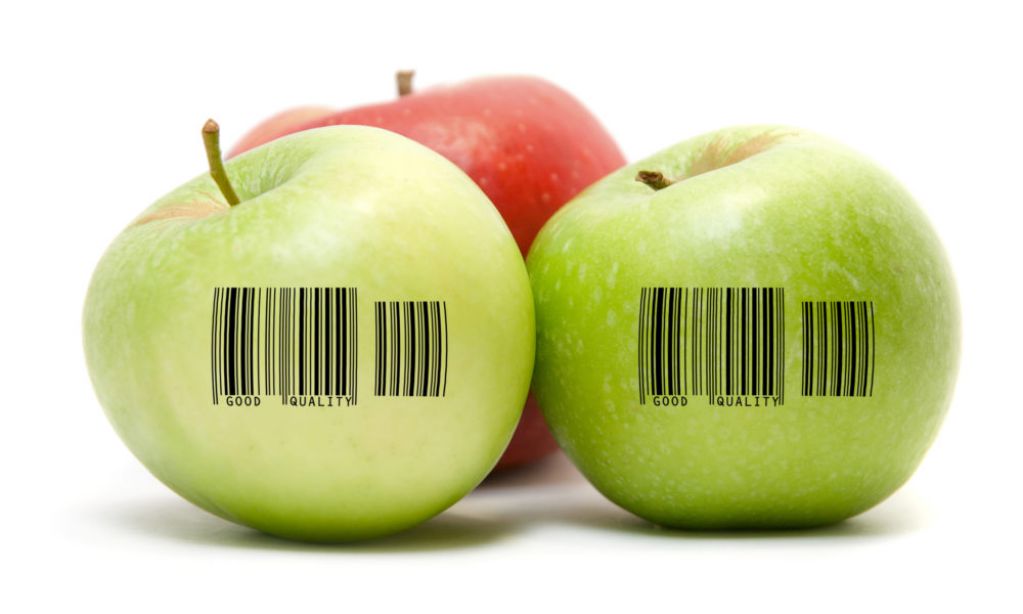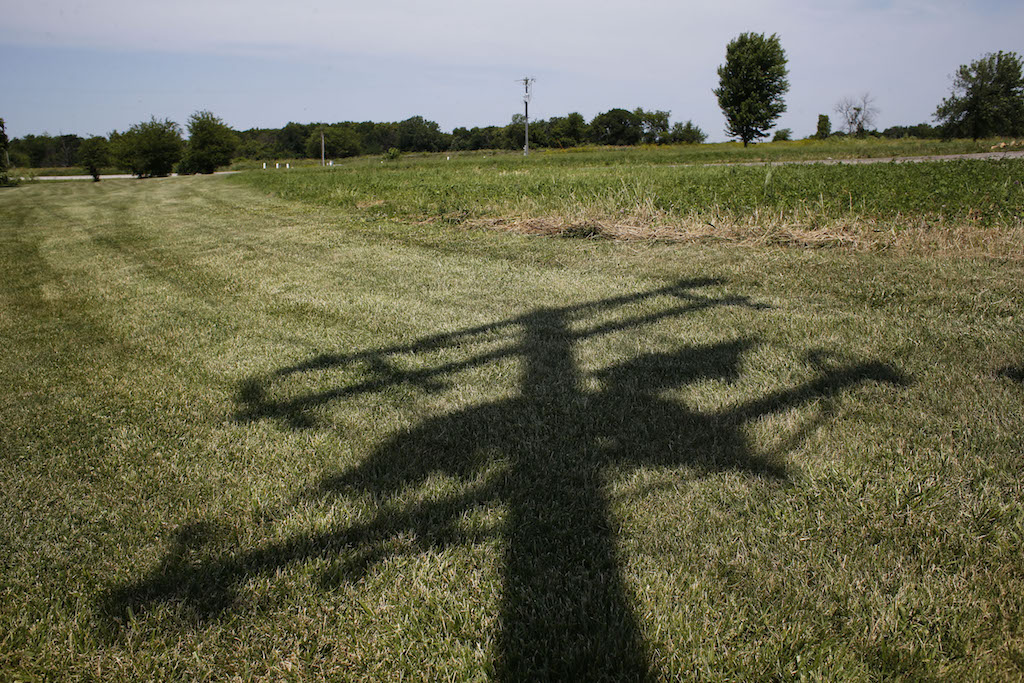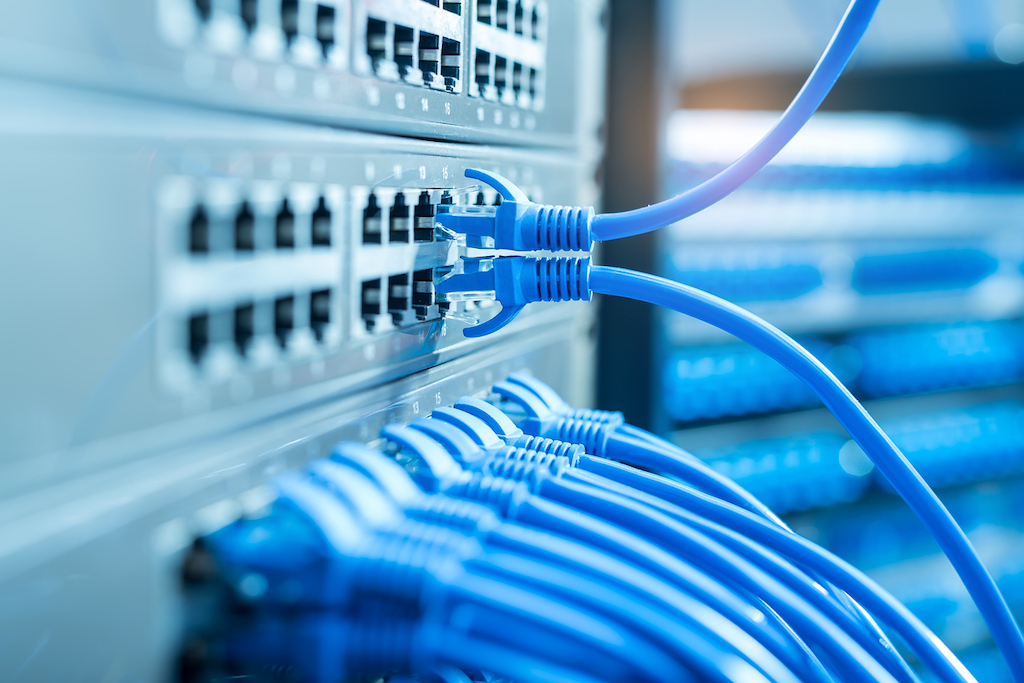UPDATE 1:20 p.m., EST: Shortly after this article was published, FCC commissioners voted to repeal net neutrality rules in a 3-2 vote.
You might’ve heard that the internet is going to get more expensive.
That’s the likely result of a vote expected today to repeal net neutrality, a 2015 FCC regulation that prevents internet service providers from acting like gatekeepers of content. If the repeal passes, which experts say is a near certainty, that could open the door to a system where customers have to pay more to visit certain websites.
Potential post-repeal scenario: If you don’t pay the price to access, those sites won’t be blocked. They’ll just be very slow.
For most of us, that’s really big news. But the bigger issue in rural areas, and especially on farms, is getting high-speed access in the first place. Paying high prices for internet connectivity to any site, at all, is something that residents of rural areas have been dealing with for years.
From the field, farmer Jacob Rieke sends data straight back to the company over his cell towers
Sure, there’s a digital divide. Ninety-six percent of urbanites have access to high-speed broadband internet access, compared to only 39 percent of rural Americans, according to the FCC. (The Census Bureau defines rural areas as county land outside cities or towns, even those as small as 2,500 people.) Early in his tenure, President Obama signed billions of dollars into law to address that very issue. But when it comes to how farmers are using the internet, it’s not altogether different from the city-dwellers.
Take Jacob Rieke. He’s a mid-sized farmer in Renville County, Minnesota, where he grows commodity crops, namely soybeans and corn, that he sells on the grain markets. He uses broadband much in the way that businesses in other industries use it—which is to say, to access data-driven software that boosts his productivity. And to share that data with other people.
That planting application, for example, allows Rieke to track exactly where his seeds are going. From the field, he sends data straight back to Precision Planting over the cell towers, using a Verizon mobile hotspot connection. Before he had broadband, that kind of data stayed in the fields. Now Rieke stores the information in the cloud, and shares it with consultants, salesmen, or other people who can help him “get the most out of every acre.” Rieke’s crop consultant, for example, flies his drone over the fields and shares aerial footage on Dropbox, which makes scouting for weeds “a hundred times easier.”
Farms are still connecting through weak, unreliable sources—like DSL, satellite, and mobile hotspots
It’s not like Rieke didn’t have internet access before broadband. In fact, before he joined RS Fiber, the cooperative that’s paid to lay fiberoptic cable, and create point-to-point wireless transmission of that signal, throughout his corner of rural Minnesota, he relied on a Verizon hotspot in the field, and a different wireless ISP with download speeds around 80 times slower than what he has now. The hotspot, as you’d expect, was unreliable, particularly during inclement weather. And it had data caps.
Those barebones connections allowed Rieke to do basic things like check commodity prices, and in turn decide whether to ship his product to processing plants or sell to the local grain elevator. And, of course, to transmit information to the software companies. But broadband, you might argue, has given Rieke some autonomy, and more control, over information about his land, by giving him the space—and bandwidth—to access that information whenever he likes.
Like most family farmers, Enright depends on his off-farm income to survive. When he’s not working the fields, he has a job working communications and public relations for the Wisconsin Farmers Union, which is based two hours away, near Chippewa Falls. Once a week, Enright makes the drive. Usually, he does his work—making phone calls, writing press releases, running the digital presence, and so on—from home. That’s a set-up familiar to any freelance writer. Enright and his family would be toast without a reliable connection.
 Courtesy of Rieke Farms
Courtesy of Rieke Farms A drone takes birds-eye view images of Jacob Rieke’s hog farm and corn fields
In a recent op-ed, which he wrote on behalf of the National Farmers Union, Enright came out strongly against net neutrality repeal, largely because he believes it will allow ISPs to jack up the price on what’s already an expensive service for farmers and rural communities. Enright pays over $113 a month for 30-megabyte speeds, while a friend in Stevens Point, the county seat, pays half that price for double the speed. That’s because a line of fiber in Amherst, which services both farmers like Enright, and the residents of a near, small subdivision, just doesn’t have as many potential customers as it does in a city.
In general, high-speed internet access is expanding. According to a study from the United States Department of Agriculture (USDA), only 71 percent of American farms are online, period. That may sound low relative to how many other American businesses are online, but it’s actually good news. In 2009, when President Obama tackled rural broadband access, that number was below 60 percent.
But those farms are still connecting through weak, unreliable sources—like DSL, satellite, and mobile hotspots. Only 8 percent of them are connecting through fiber.
Over and over again, Erickson had heard from farmers who had some connections, but not reliable ones. They told him they needed better connections to run their businesses, and monitor weather conditions that directly affected their work in the fields. (And for fun stuff, like Netflix.) “If there’s a tornado coming, if there’s a bad storm coming, or there’s hail coming—just about when the weather gets the worst, that’s when they lose their satellite feed,” Erickson says. “They want a reliable wire line that’s going to always be up, and always going to be telling them the weather, so they can prepare for it.”
Erickson’s in a position of power. RS Fiber, the cooperative he founded, is the only fiber broadband service provider in this part of rural Minnesota. Theoretically, the coop can gouge prices on its members, just as Comcast, TimeWarner, and other monopoly ISPs can to subscribers in cities. But Erickson says he doesn’t want to do that, because, unlike the bigger companies, the coop’s not beholden to generating major returns for shareholders.
Ultimately, he may have no choice but to raise prices. RS Fiber, after all, isn’t totally independent. It relies on a signal provided by CenturyLink, a public company that stands to benefit greatly from the repeal of neutrality. So if CenturyLink decides to raise the price of access, the members of RS Fiber will have to pony up.
CORRECTION: An earlier version of this story misidentified RS Fiber as the only broadband service provider in Renville County. It is the only fiber broadband provider. We regret the error.













